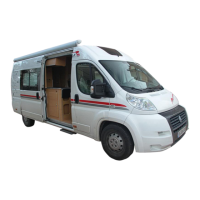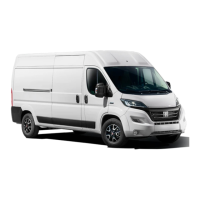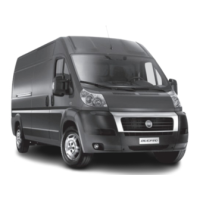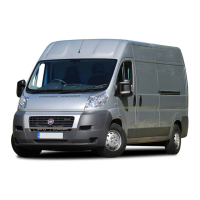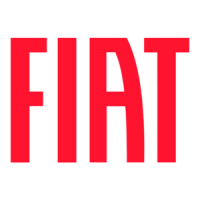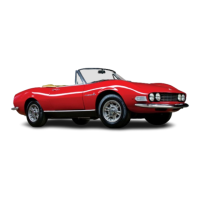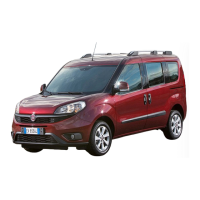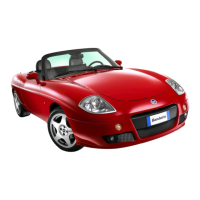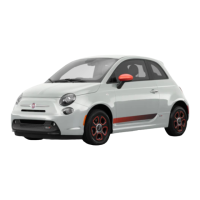instrument panel to make sure
that they are actually deactivated.
The passenger seat must also be
positioned back as far as possible
in order to avoid the child
restraint system from coming into
contact with the dashboard.
114) The figures are indicative and
for assembly purposes only. Fit
the child restraint system
according to the instructions,
which must be included.
115) Some child restraint systems
for weight group 0 and 1 have a
rear attachment to the car seat
belts and its own seat belts for
securing the child. Due to their
weight, they may be dangerous if
incorrectly mounted (e.g. if
fastened to the vehicle seat belts
placing a cushion in between).
Follow the assembly instructions
carefully.
SETUP FOR
“UNIVERSAL
ISOFIX” CHILD
RESTRAINT SYSTEM
Provision has been made on the vehicle
to fit Universal Isofix child restraint
systems, a new European standardised
system for carrying children safely.
An example of a child restraint system
is shown in fig. 163.
Due to its different attachment system,
the child restraint system must be
secured using the special lower metal
rings A fig. 164, positioned between
rear backrest and cushion. The upper
belt (provided with the child restraint
system) must be then secured to ring B
fig. 165 located in the lower part of
the seat. It is possible to have a mixed
assembly of traditional child restraint
systems and Universal Isofix ones.
163
F1A0155
164
F1A0156
168
SAFETY

